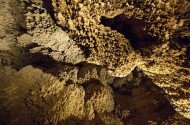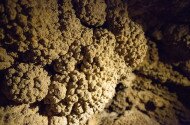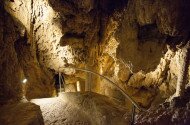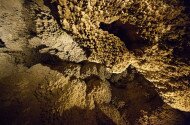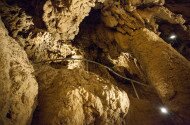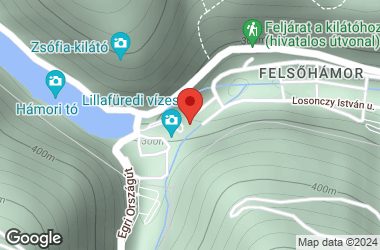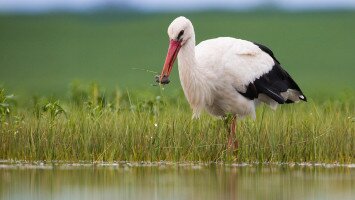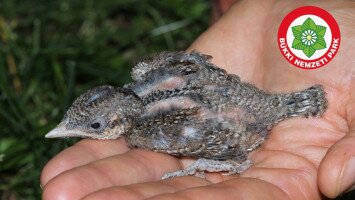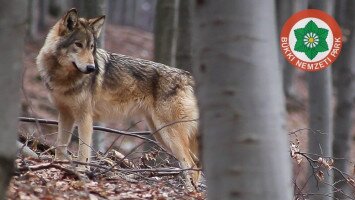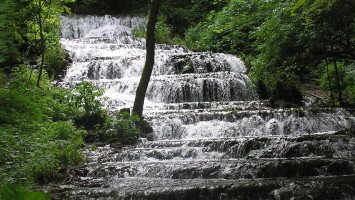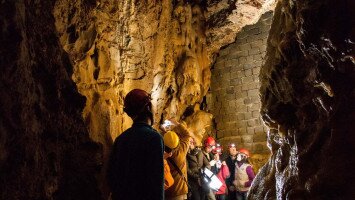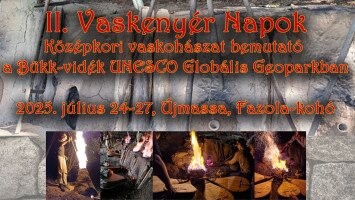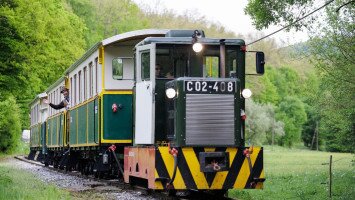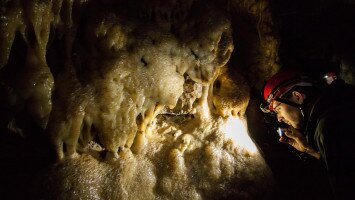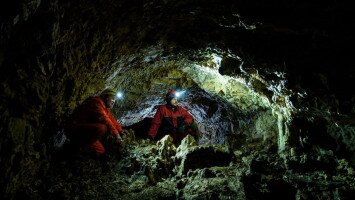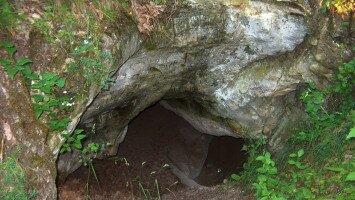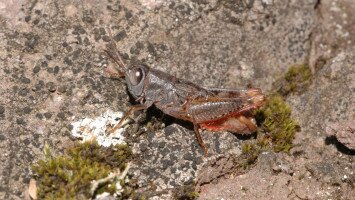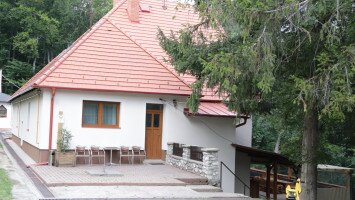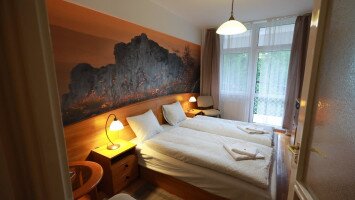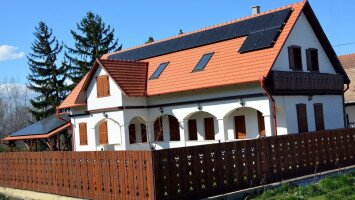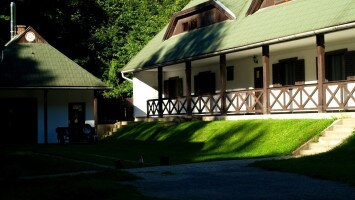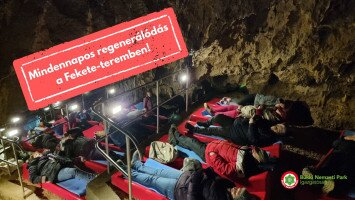
Felhívjuk a Miskolc Pass turisztikai kártyával érkező látogatóink figyelmét, hogy a túraindulás előtt legalább 10 perccel a jegypénztárnál regisztrálni szíveskedjenek!
Az Anna-barlang a lillafüredi vízesés mellett található. Az egész világon csak kevés hozzá hasonló barlang látogatható. 1951-ben védetté, majd 1982-ben fokozottan védetté nyilvánították.
Nézzen szét a barlangunkban! A virtuális túra során a denevér piktogramokra kattintva bővebb információt is olvashat a barlang értékeiről. Ha az Ön böngészőjében nem megfelelően jelenik meg a virtuális túra, kattintson ide!
A barlang bejárata Lillafüreden, a Palota Szálló alatti Függőkert legalsó szintjén, közvetlenül a Szinva-vízesés mellett található. A jegypénztár a bejárathoz képest egy szinttel feljebb lévő torony épületben van.
Járatainak hossza 570 méter, melyből a bemutatott szakasz hossza 208 m.
A világviszonylatban is egyedülálló barlang a Szinva forrás vizéből kivált mésztufában keletkezett. Az üregrendszer egyidős a kőzettel, melynek képződése 150.000-200.000 évvel ezelőtt kezdődött, és napjainkban is tart.A túra során különböző növényi fosszíliákat, azaz megkövesedett növényi részeket figyelhetünk meg. A folyosók és termek arculatára jellemző, hogy mindenhol találkozhatunk a mesterséges beavatkozás nyomaival.A barlang lezárt területén fakadó, rendkívül bővizű Anna-forrás Miskolc ivóvízellátásának egy nagyon jelentős részét biztosítja.
A denevérek közül a jellemző fajok, melyekkel találkozhatunk a túra során, elsősorban a nagy- és a kis patkósorrú denevérek.
A tárlatvezetés időtartama körülbelül 30 perc. A barlangban a hőmérséklet egész évben +10oC, emiatt a látogatók számára ajánlott a megfelelő ruházat.
Fotózni csak vaku használata nélkül szabad, mivel a barlangban a plusz fények károsak.
Megközelíthetőség: Miskolc irányából 1-es autóbusszal vagy 1-es villamossal Felső-Majláth városrészig, majd onnan az 5-ös vagy a 15-ös busszal a Palota Szállóig.
Autóval való parkolás a Hámori-tó melletti parkolóban, vagy az Eger-Miskolc műút mentén, kb. 600 m-re található parkolóban lehetséges.
Túraindulás
Vezetett túrák indulnak minden nap egész órakor, az alábbiak szerint:
Nyári időszakban (április 1. – szeptember 30.) naponta 10.00 – 16.00 óráig.
Őszi időszakban (október 1. – október 31.) naponta 10.00 – 15.00 óráig.
Téli időszakban (november 2. – március 31.) naponta egy túra indul, minden nap 12:00-kor.
Csoportok részére előre bejelentkezés szükséges: tel./fax: (46) 334-130.
A túra időtartama: 30 perc
Árak 2025 február 1-től:
| Teljes árú jegy | 2400 Ft/fő |
| Kedvezményes jegy (nyugdíjas, pedagógus, nappali tagozatos diák) | 1800 Ft/fő |
| Óvodás jegy | 500 Ft/fő |
| Teljes árú jegy csoportos kedvezménnyel (20 fő fölött) | 2000 Ft/fő |
| Csoportos kedvezményes jegy (20 fő fölött) | 1500 Ft/fő |
| Regisztrációs jegy (3 év alatt, fogyatékkal élők) | 200 Ft/fő |
| Családi jegy (2 felnőtt+2 18 év alatti gyermek) | 6500 Ft/4 fő |
Egyéb kedvezményeinkről, kérjük, érdeklődjenek a helyszínen vagy a megadott elérhetőségeinken!
Nézzen szét a barlangban!
Mozgás a virtuális barlangban:
https://download.guideathand.com/Escape3D/Lillafured_Anna_barlang/index.html
- körülnézés – az egér bal oldali gombjának lenyomva tartása közben az egér mozgatásával,
- elfordulás balra a teremben- balra mutató nyíl billentyű vagy "A" billentyű,
- elfordulás jobbra a teremben - jobbra mutató nyíl billentyű vagy "D" billentyű,
- mozgás előre/terem/kép váltása - felfelé mutató nyíl billentyű vagy "W" billentyű,
- mozgás hátra/terem/kép váltása - lefelé mutató nyíl billentyű vagy "S" billentyű,
- nagyítás - a jobb oldali egérgomb lenyomva tartásával (a jobb gombot elengedve a nagyítás megszűnik),
- (nagyított nézetben a bal- és a jobb oldali egérgombot egyidejűleg nyomva tartva az egér mozgatásával lehet körülnézni),
- kattintás a "piros denevér" ikonra - bemutató anyag a teremben kiemelt látványosságról.
A barlangi környezet, az ajánlott ruházat
A lillafüredi barlangok túravezető kíséretében látogatható szakaszai kiépítettek, villanyvilágítással ellátottak, minden látogató számára a +10oC hőmérsékletnek megfelelően, utcai öltözetben, egész évben bejárhatók. A közlekedést korlátok, lépcsők és az egyenletes, vízmentesített sétautak segítik. A villanyvilágítás segíti a közlekedést, és a csodálatos barlangi képződményeket, a különleges oldásformákat is érvényre juttatja.
Kérjük kedves látogatóinkat, hogy a föld alatti világ megtekintésekor vegyék figyelembe és tartsák be barlangjainkban érvényes viselkedési szabályokat:
- A barlang alakzatainak, a cseppköveknek az érintése tilos!
- A betonozott járófelületekről letérni, a korlátokon átmászni tilos!
- Dohányozni, szemetelni, hangoskodni, feleslegesen zajt kelteni tilos!
- Fényképezni, és videófelvételt készíteni kizárólag a túravezető engedélyével lehet!
- Ittas állapotban a barlangban tartózkodni tilos!
- Kutyát vagy más állatot a barlangba bevinni tilos!
- A barlang állatvilágát zavarni tilos!
Köszönjük!
